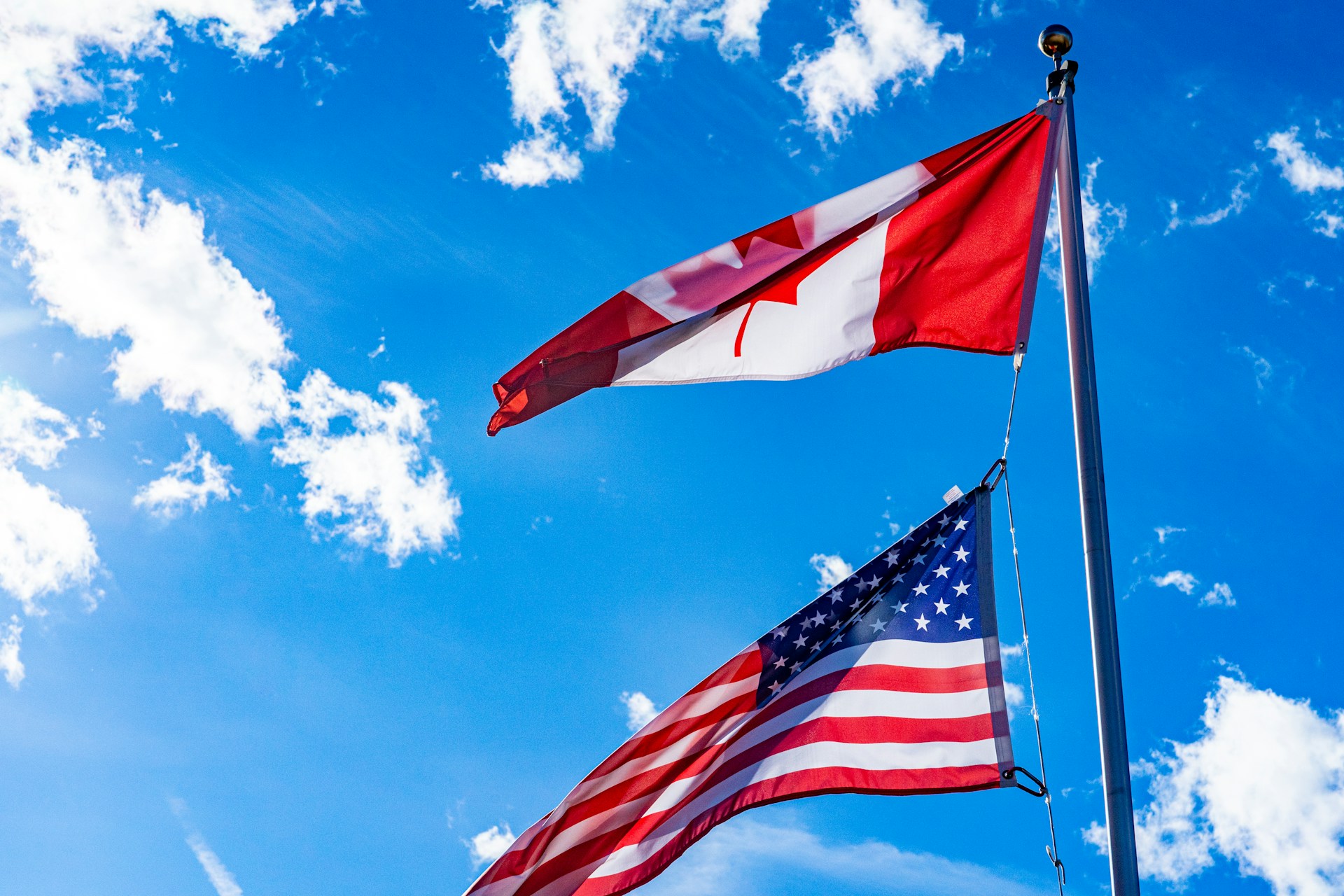Advisories change when lived reality changes first. Ottawa’s latest update focuses on paperwork, interviews, and digital systems that decide who gets waved through and who gets pulled aside. The tone is practical rather than alarmist, yet it names real friction for some travelers, especially those whose documents list gender outside traditional boxes. What this really means is simple. A smooth trip hinges on matching records, knowing current rules, and understanding where a policy fight in court can spill into an airport line.
What Sparked The Update

Canada’s guidance responds to U.S. policy shifts and legal back-and-forth that affect identity data, visas, and status reviews. The advisory highlights changing federal systems and tighter scrutiny at ports of entry. It is not a blanket warning to avoid travel. It is a nudge to check forms, timelines, and eligibility before booking. The emphasis falls on documentation consistency and awareness of processes that may now ask for details that were not requested last year, especially around gender fields and prior admissions.
Heightened Scrutiny At U.S. Entry Points

The update notes increased questioning by U.S. authorities, with screening that can include identity details beyond a routine interview. Travelers may face follow ups about prior stays, employment, or the contents of digital forms that underpin boarding and entry. Officials retain broad discretion to examine admissibility in real time. The practical takeaway is that an officer can pause a trip to verify records, and a small mismatch between databases can trigger extra steps that reshape the first day on the ground.
Passport Gender Markers In Flux
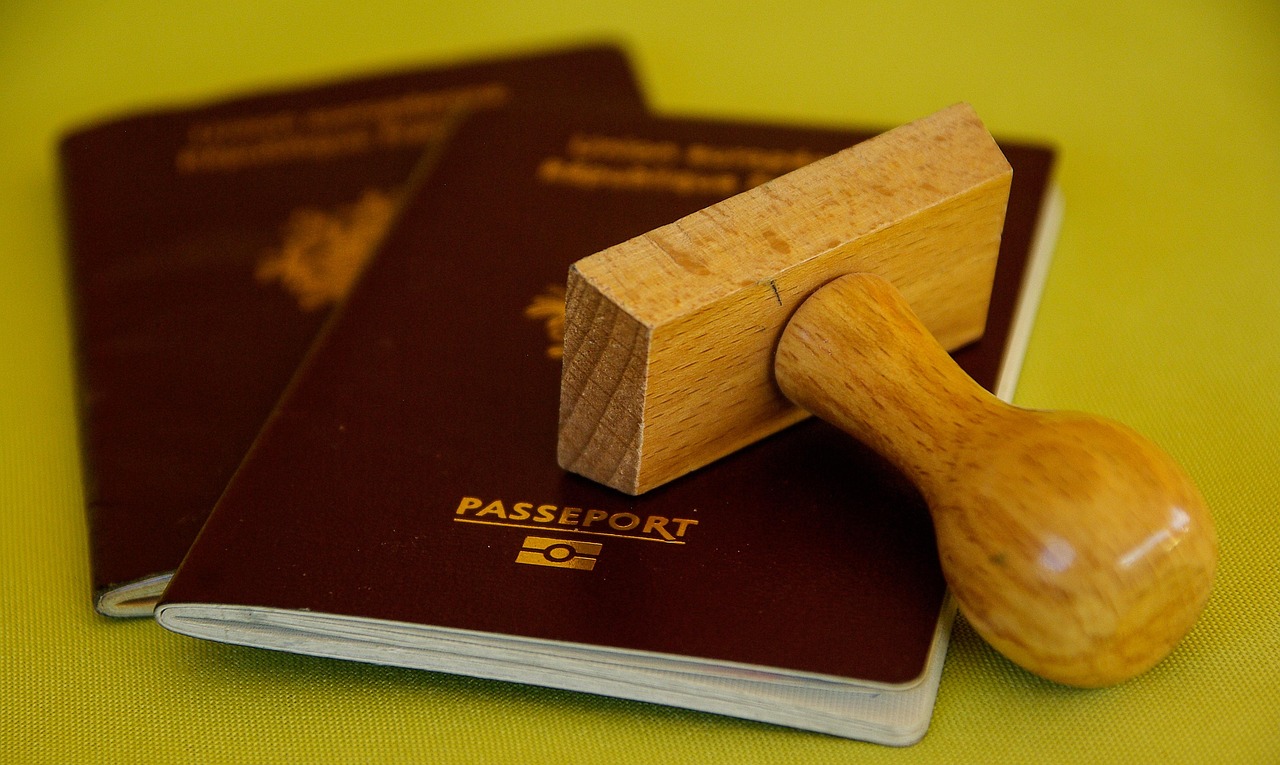
The advisory flags a January 2025 U.S. executive order that limited passports to male or female entries, removing nonbinary recognition. In June, a federal judge in Massachusetts paused enforcement after an ACLU challenge, but litigation is active. That leaves airports balancing old settings, new rules, and a court stay. The result feels uneven. Some systems still expect a binary field while others reflect earlier flexibility, which is why Ottawa stresses careful review of travel documents before departure.
Federal Forms May Ask Sex At Birth

Ottawa reports that U.S. federal systems are being revised to request sex assigned at birth on certain processes. Examples in the advisory include visa and NEXUS applications, passenger manifests, passport forms, and Social Security applications. The shift matters because background checks and watchlist matches rely on exact field alignment. A traveler who recently updated records in one system may find another asking for a different entry. The advice is straightforward. Read every form closely and keep copies of prior filings.
Visa Holders Face Periodic Reviews
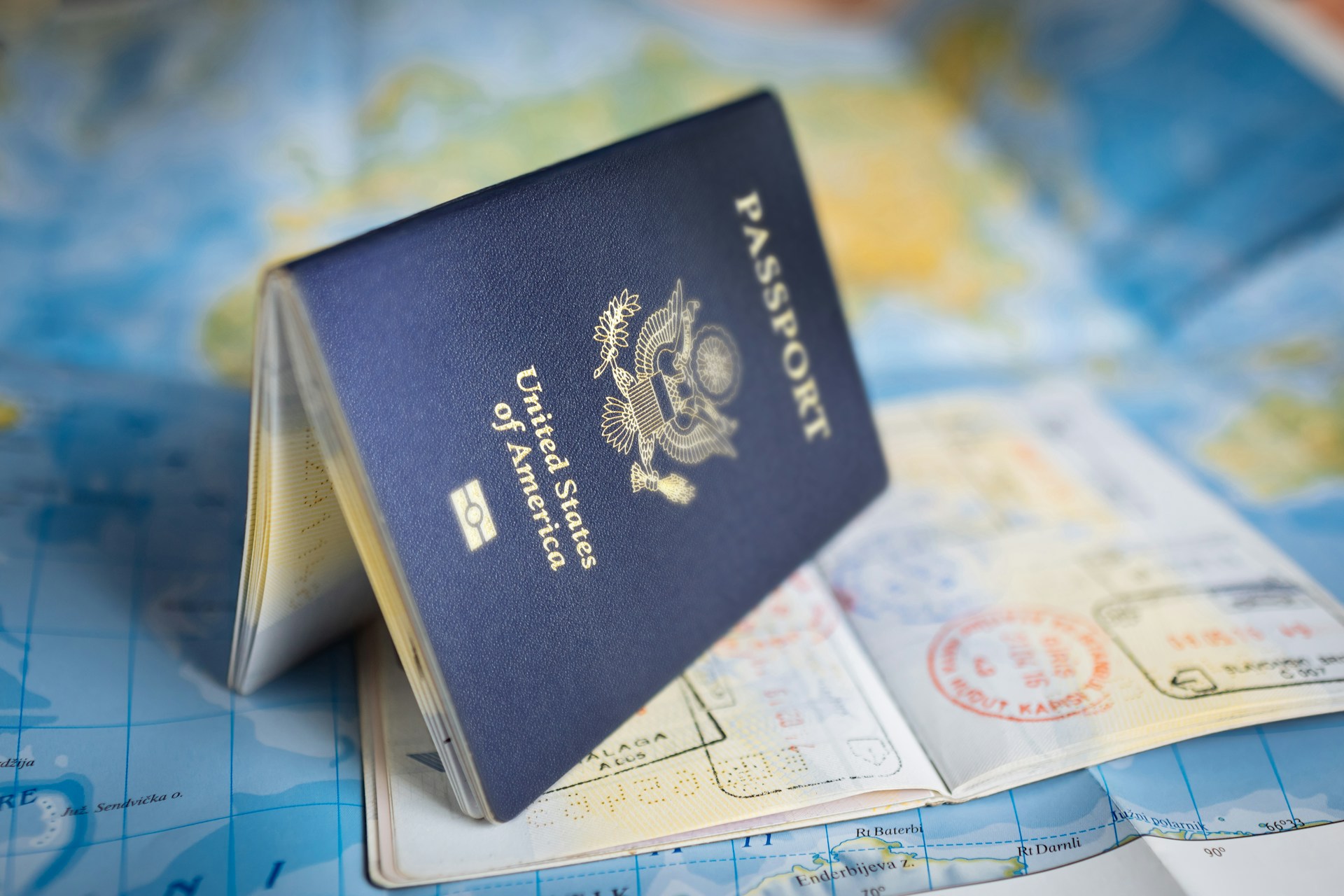
The update reminds travelers that a lawfully issued U.S. visa is still subject to review. Officers may reassess eligibility and, in specific circumstances, terminate a visa for violations of admission terms or newly surfaced disqualifiers, including past convictions. That language is not new, but the advisory frames it as an active risk during tighter enforcement cycles. Anyone with older legal issues or work changes since issuance should expect questions and carry supporting paperwork that clarifies current status and purpose.
Six Months Without A Visa Still Applies

Canada reiterates a familiar rule. Most Canadians can enter the United States without a visa and remain for up to six months. The update does not shorten that window. It does underline that entry is not guaranteed and that border officers can check prior stays to ensure time limits were respected. Extended visits clustered within a single year may invite extra review. The steady advice is to track dates, keep a simple log of crossings, and bring evidence of ties back home.
Status Risks For Long Absences Abroad

The advisory notes that some Canadians living in the United States under specific statuses risk termination if eligibility lapses or residence rules are breached. Examples include being outside the country longer than allowed or failing to maintain conditions tied to the status. The message is procedural rather than punitive. Read the fine print, know the clock on absences, and confirm that work or study terms still match the letter of the authorization before flying, especially around holidays and long trips.
Expanded Guidance For 2SLGBTQI+ Travelers

Ottawa’s 2SLGBTQI+ section now highlights potential scrutiny around gender identity during U.S. processing. The concern is not uniform hostility. It is inconsistent questions paired with evolving databases that treat gender fields differently. Travelers who changed names or markers recently are more likely to encounter follow ups. The advisory frames preparation as self-protection. Carry copies of legal change documents, keep a calm script for explaining records, and anticipate that an officer may need a supervisor to finalize clearance.
“X” Marker Passports And Entry Limits
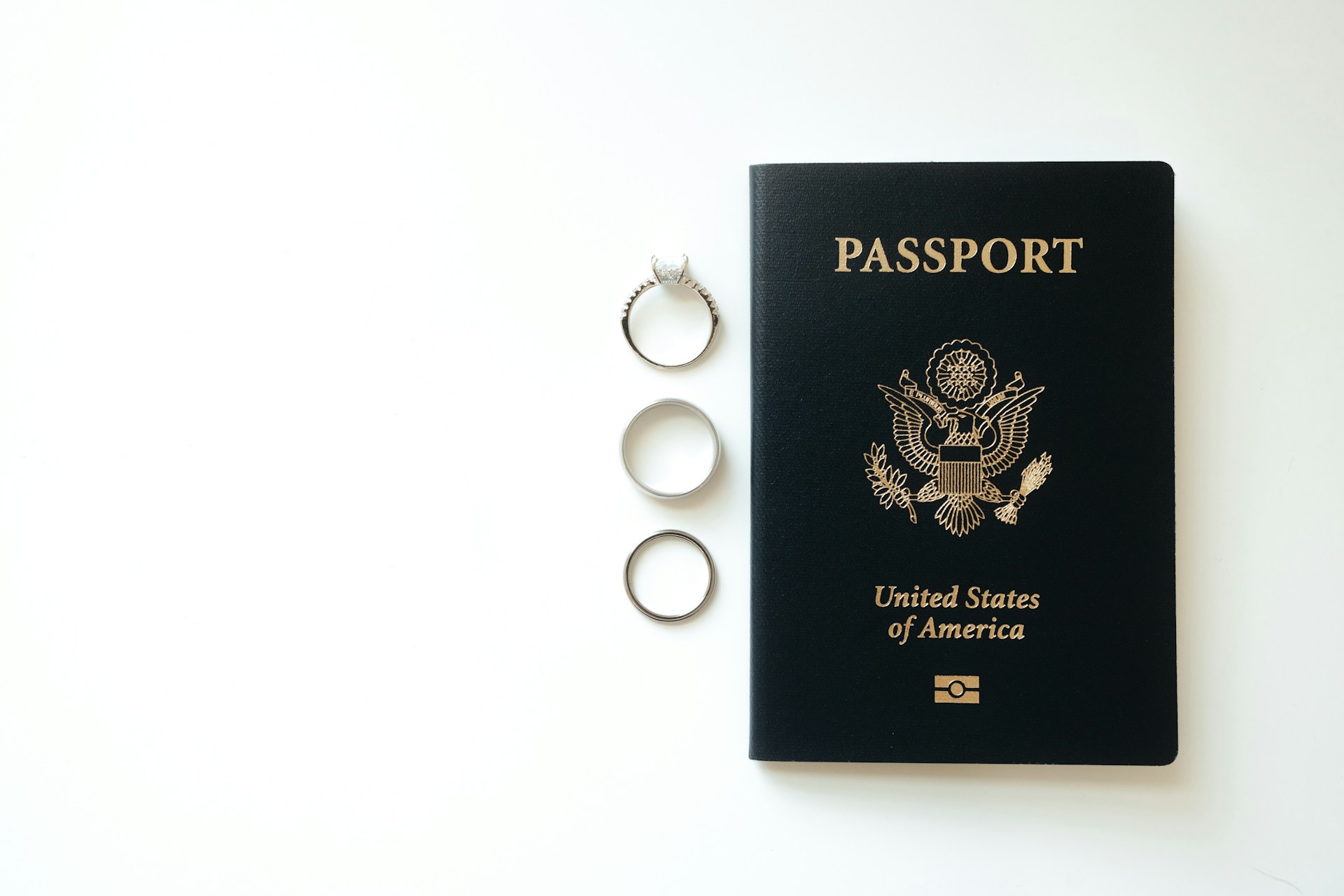
Canada issues passports with an X marker for those who do not identify as male or female. The advisory cautions that some countries and systems still do not recognize that designation. The United States sits midstream, with policy litigation active and some forms reverting to binary entries. That tension can surface at check in or in airline manifests long before the booth. The practical move is to confirm that every booking tool and carrier can transmit the marker that appears on the passport.
Watchpoints For NEXUS And Trusted Travel
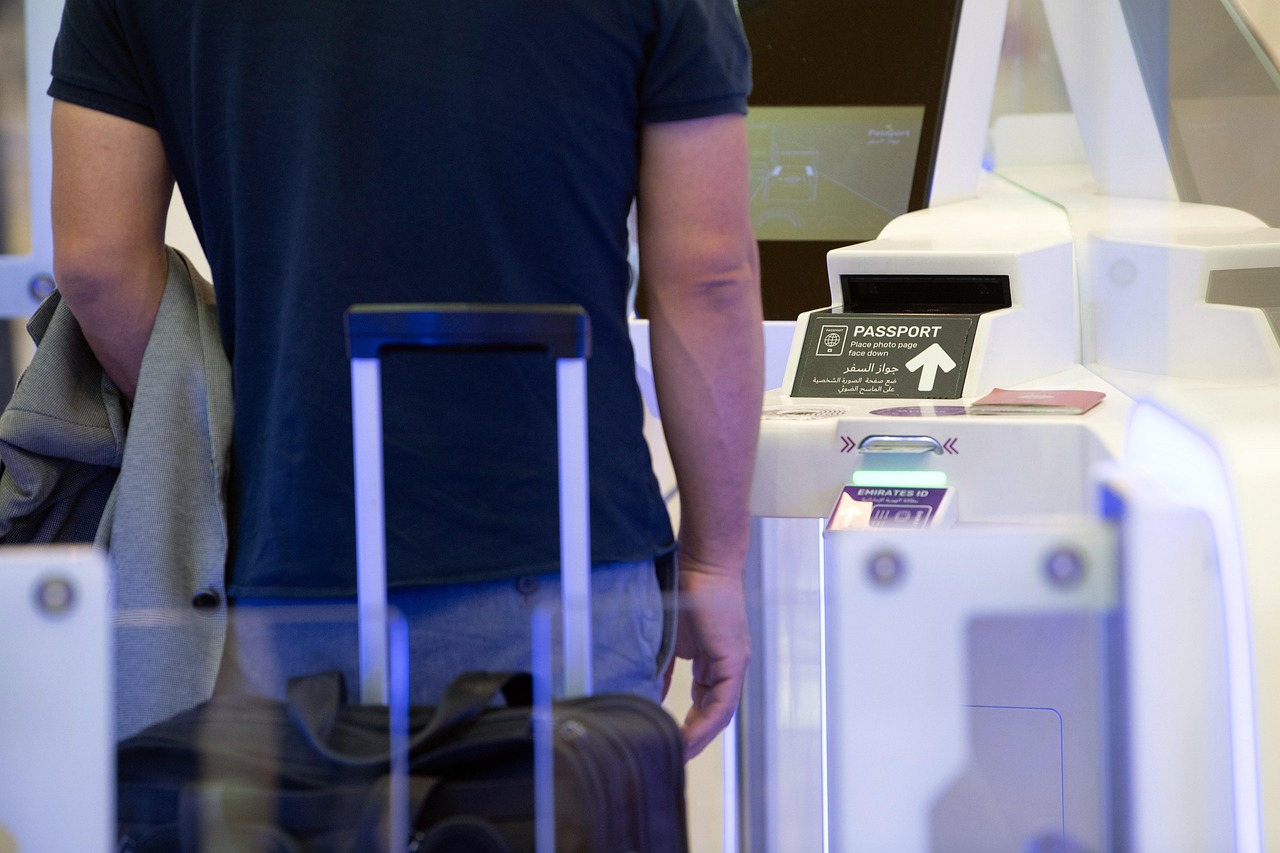
Because the advisory cites NEXUS forms among processes that may request sex assigned at birth, trusted traveler members should expect updates and possible revalidation steps. Data harmonization across agencies can lag, which creates mismatches that stall kiosks or secondary screening lines. A clean experience depends on aligning passport entries, airline profiles, and program records. Ottawa’s subtext is clear. Log in, verify fields ahead of peak travel, and bring patience if a terminal still reflects last year’s template.
Documentation, Consistency, And Calm
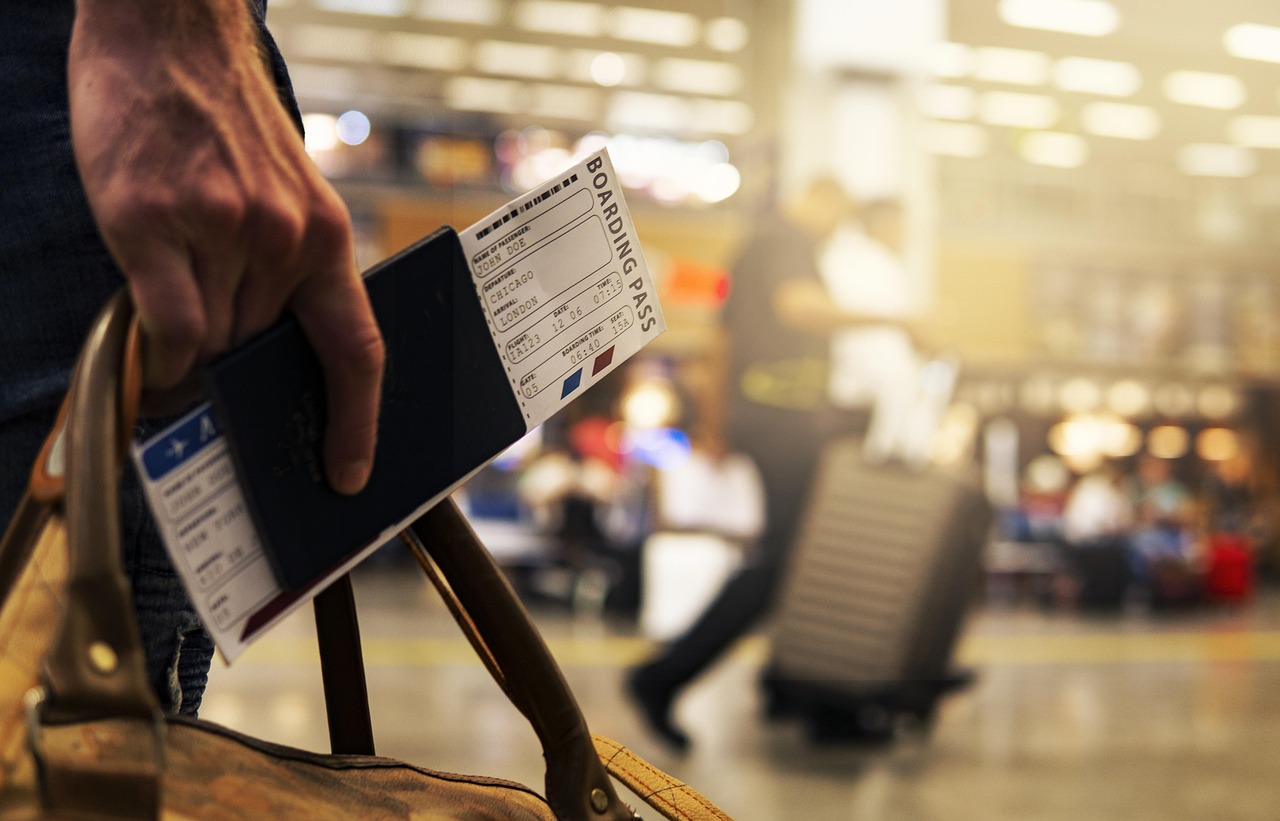
The closing guidance is unglamorous and useful. Review every document, from passport to airline profile, for consistent names and gender fields. Carry copies of legal changes, old visas, and status letters that explain current eligibility. Expect that an officer can lawfully ask clarifying questions and that a mismatch may extend an interview without implying wrongdoing. Preparation trims stress, preserves schedules, and turns an advisory into a simple checklist that protects a trip from small surprises at the gate.
